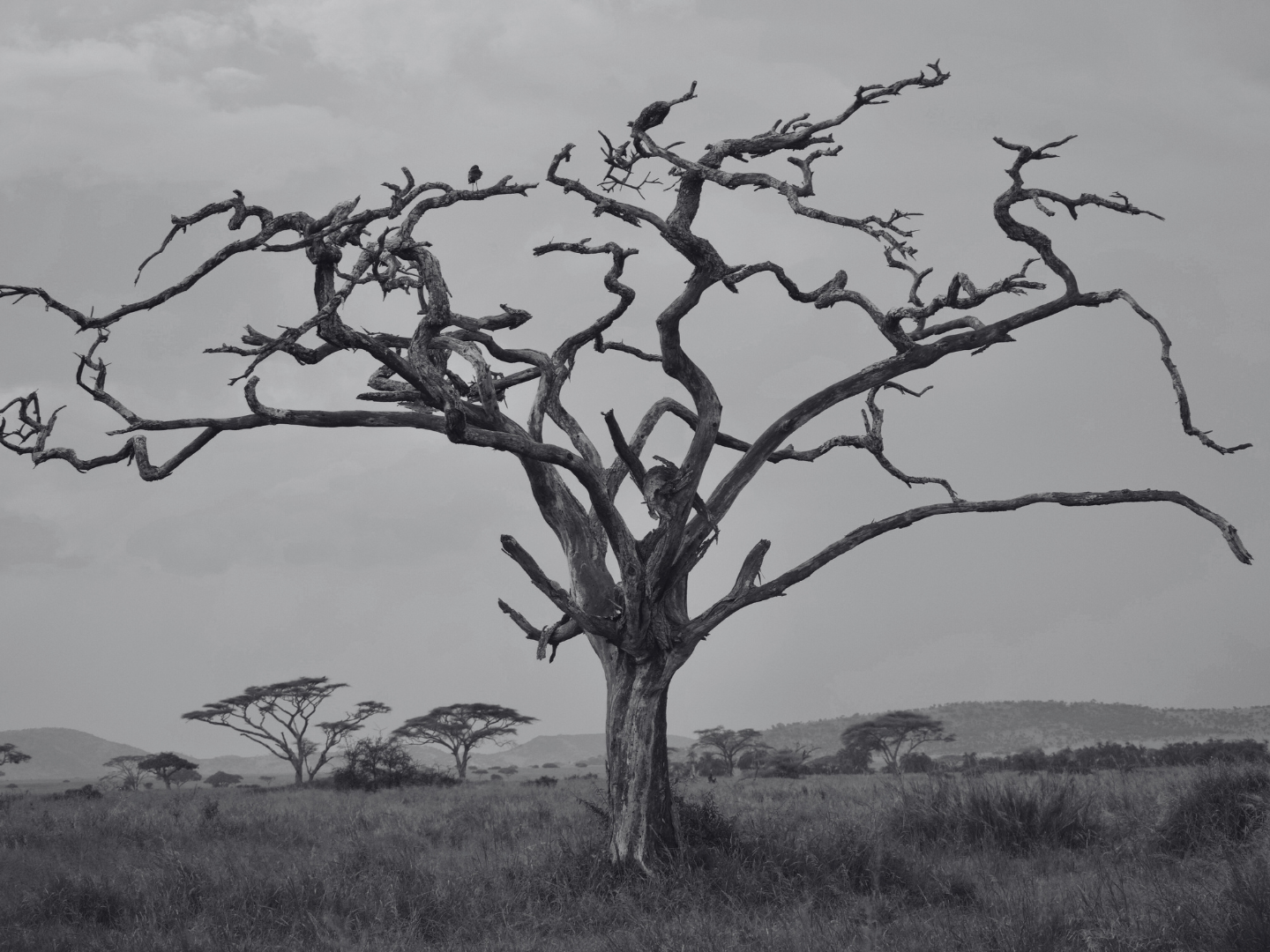
Promise, Power, and Protest: Considerations of the EACOP Pipeline in East Africa
The East African Crude Oil Pipeline (EACOP), a 1,443-kilometre heated pipeline, is a flagship infrastructure undertaking, aiming to transport up to 246,000 barrels of oil per day. As of mid-2025, the project is over 60% complete, with the first drops of crude oil expected to flow in 2026. Yet, beneath its promise lies a battleground of competing interests – economic growth, environmental protection, human rights, and national sovereignty.

Beyond the Headlines: Reintroducing the Climate Change Conversation in East Africa
Drawing on case studies, this report hopes to demonstrate the need for East African countries to formulate comprehensive climate change adaptation strategies that focus on the needs of the people and are integrated into sustainable development across the region. Rather than imposing new, high-tech solutions, specific proposals include understanding, documenting, and enhancing current livelihood coping techniques.

Beyond Borders: Adapting to Climate-Driven Migration in East Africa
Climate-induced migration is an increasingly pressing issue in many African regions, as rising temperatures and extreme weather events have caused the displacement of vulnerable populations. This is especially so in Eastern Africa and the Horn of Africa, particularly Kenya and Ethiopia, where extreme weather events have led to rangeland degradation, crop failures, water shortages, and food insecurity.

Parched Lands, Polluted Waters: East Africa’s Urgent Water Crisis
East Africa’s escalating water crisis poses a significant threat to human well-being and regional development. Since the 1970’s, East Africa has faced recurring disasters such as floods and droughts which have worsened over time with the added impact of climate change.

Rift to Revenue: Towards a Carbon-Competitive East Africa
Carbon Capture and Storage (CCS), once considered a peripheral strategy in global decarbonization, has regained prominence as a key mitigation pathway in the IPCC's AR6 scenario models. However, most of the current discourse is anchored in the Global North. East Africa, with its intersection of geothermal abundance, and carbon market emergence, offers an underexplored yet compelling environment for deploying carbon capture technologies.

Back to the Boma: The Sustainability of Traditional East African Architecture
Many of East Africa’s metropolises are adorned with steel high-rises, concrete shopping centres, and homes with red tile roofs. This is, however, a relatively recent phenomenon, and regionally, traditional architectural styles remain. The beauty and remarkability of traditional East African architecture cannot be over-stated.

Rising Currents: How Ethiopia’s Renaissance Dam Is Shaping Africa’s Energy Landscape
The Grand Ethiopian Renaissance Dam (GERD), perched on the Blue Nile in Ethiopia’s Benishangul-Gumuz region, is a monumental feat of hydropower engineering designed to harness the abundant monsoonal precipitation of the Ethiopian Highlands. Envisioned to produce nearly 6,000 megawatts (MW) of electricity annually, GERD promises to revolutionise Ethiopia’s energy infrastructure, propelling industrialisation and electrification on a massive scale. The project’s vast reservoir has ignited intense debate among downstream states, particularly Sudan and Egypt, where anxieties over water allocation and agrarian sustenance loom large.

Reactive Power Compensation in East African Power Systems: Technical Innovations and Grid Stability Solutions
East Africa’s power sector is rapidly expanding, with increasing reliance on renewable energy sources and growing regional electricity trade. The region’s transmission infrastructure is expanding to allow for robust power trade and eventually, to achieve the Africa Single Electricity Market (AfSEM), so managing reactive power becomes crucial.

Carbonds: Demystifying Carbon Credit Markets
A decade ago, anthropogenic climate change was a highly controversial topic, with many governments and corporations – particularly in the oil and gas sector – actively denying its existence or downplaying its significance. As scientific consensus solidified, and extreme weather events intensified, outright denial declined, and global initiatives became increasingly focused on climate solutions.



















